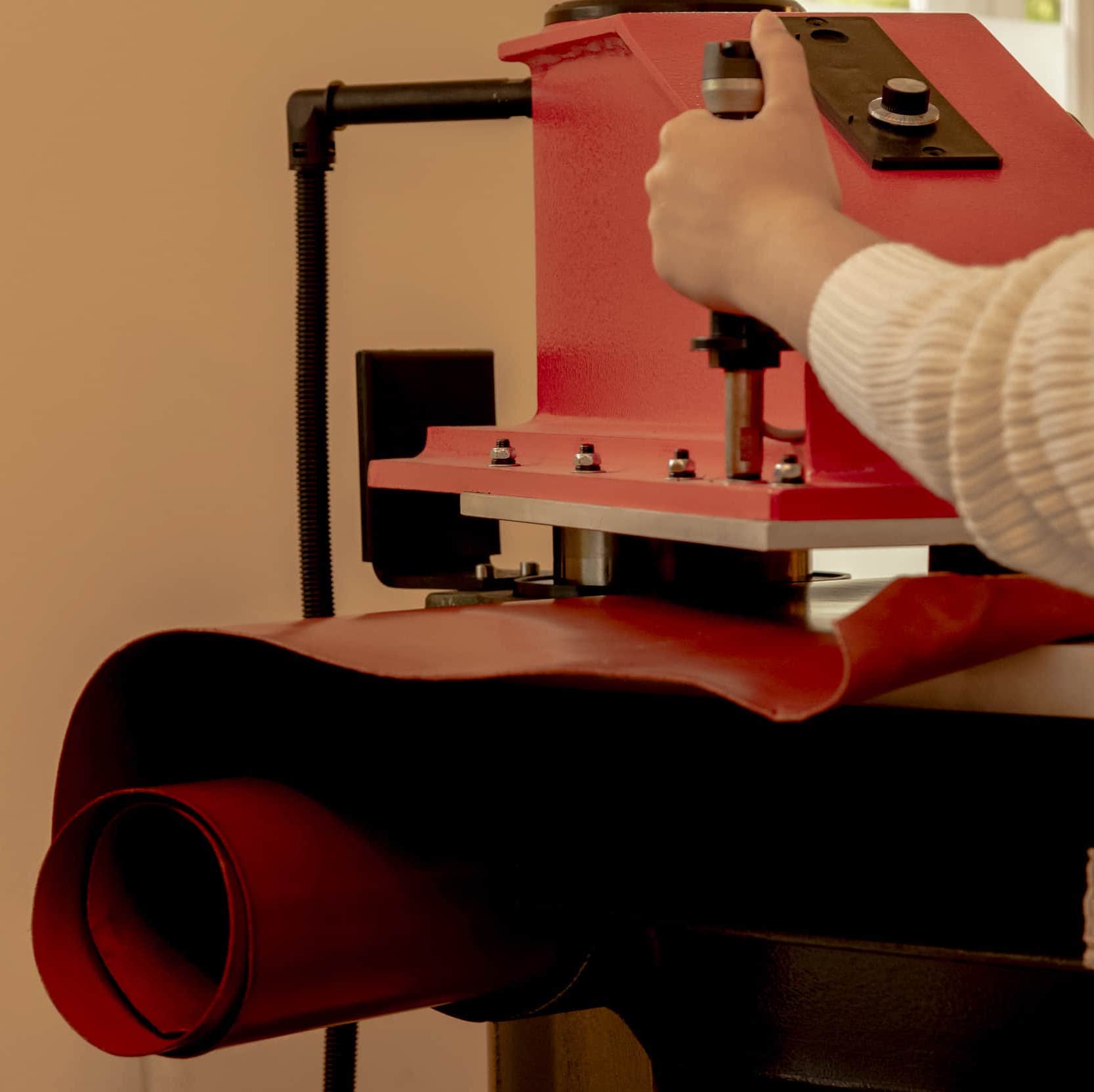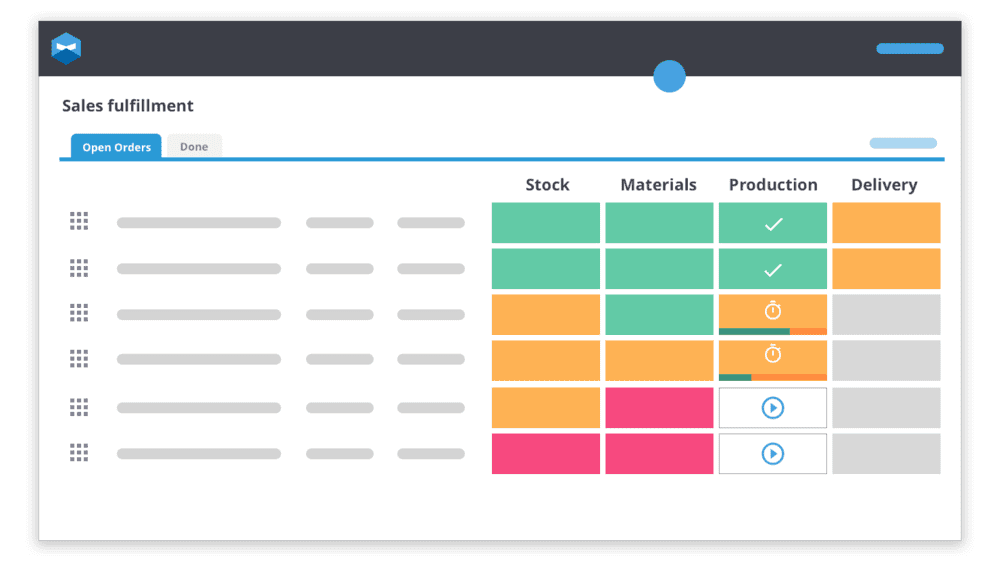Mass customization: how to satisfy more of your customers
Consumer expectations are on the rise, meaning that more modern manufacturers are looking to mass customization to ensure customers are satisfied.
Team Katana

Modern manufacturers like the guys at “Framed” give customers options to modify their wooden framed eyewear, ranging from wood type to hinging. It’s a great example of how mass customization can work to satisfy a variety of tastes so that your product becomes appealing to more potential customers.
Consumer expectations are as high as they’ve ever been.
No longer can manufacturers rely on huge anonymous retailers to sell their products for them. People want to feel like their products are made for them, rather than just taking what’s on offer. It’s been part of the current manufacturing trends and predictions of 2023.
And of course, this has driven modern manufacturers to become more customer-driven by adopting mass customization.
Mass customization is the practice of creating products that satisfy the needs of individual customers as best you can without compromising your business.
Now the first thought that probably comes to mind here is to offer a myriad of options for your customers when they are purchasing your products. And while that is a huge component, the reality is that mass customization strategy can be much more far-reaching.
You can customize the packaging, marketing, and cosmetics, or even just create a product that inherently adapts to its environment.
All of which contribute to making a product feel more personal to customers.
And considering on average 36% of consumers express interest in purchasing personalized products, it is clear how important customized products have already become.
So, let’s dive into mass customization and figure out which approach is best for you and your customers.
What is the goal of mass customization?
Right, so what is mass customization?
Well, first thing is to note is that this is not about making tailor-made products. Mass customization is about offering products which are customized for customers but not necessarily redesigned for them.
That’s because the products still need to be able to be made at a lower manufacturing cost so they are viable to be made on scale.
The primary goal is to be able to satisfy the individual needs of as many customers as you can, as efficiently as possible.
But the benefits can go much further.
Here are some of the extended positives that come for companies that use mass customization:
- Increase product sales – providing a greater range of options means that your products become appealing to more potential customers. This often leads to a notable increase in sales.
- Improve manufacturing branding – by adopting mass customization you have also displayed your appreciation for the customer by default. You’re saying that their taste and needs are as important to you as your business itself.
- Up your profit margins – you have every right to charge that little bit more for providing customized products. And the cool thing is that customers are happy to pay on average 20% more for personalized products.
- Engage customers – mass customization gives your customers space to have a say. Your social media presence can quickly be enhanced by bringing your customers into the conversation about how they want their products customized.
- Gain competitive advantage – being on top of your customer’s requirements means that you are always one step ahead of competitors. You know which trends are doing well and can capitalize quickly.
Mass customization strategy

Modern manufacturers like “Mogul” know that implementing mass customization strategies is incredibly difficult without the right software and tools. Otherwise planning production and tracking material inventory becomes more pain than its worth.
Mass customized products are nothing new.
In fact, over twenty years ago the Harvard Business Review wrote an influential article entitled The Four Faces of Mass Customization. And these four categories still ring true to this day.
The only difference is that the advent of e-commerce has made customization products much more readily available and on-demand.
Customers can pick and mix the options they want when ordering products with a click of a button. Whether they want extra cheese on their pizza or which color they want the buttons on their polo shirt to come in.
Availability is so high that some level of customization is an expectation now.
But even so, those four fundamental categories do remain the same.
We just have to examine them a bit further to see how they relate to the manufacturers of today.
These are the four categories of mass customization identified:
- Collaborative
- Cosmetic
- Adaptive
- Transparent
Each is a different approach, but that doesn’t mean they can’t be used in conjunction with each other. In fact, many businesses use two or more together.
But before you merge them together, let’s get to know each of them in detail.
1. Collaborative customization
This is probably the most well-known approach to customization.
For example, choosing which toppings you want on your pizza.
Essentially collaborative customization is about identifying the range of needs of your customers and then offering them products which match these needs.
So, you collaborate through research and dialogue with customers to figure out the areas where variation is most desired. Then you offer options for customers based on these.
To use an example other than pizza, Helmade is a company that offers customers the options to design their motorcycle helmet in 3D.
Through their website, you can choose the base helmet you want, and then you are offered the ability to select color, text, visor style, etc.
This gives their customers the ability to have the precise type of helmet they want, in conjunction with a design which they have some control over themselves.
You could say this approach is perfect for businesses where clients struggle to figure out exactly what it is they want. By categorizing a range of options for them, it becomes much easier for customers to make their decision.
And ideally you offer enough options that the customer feels satisfied, whilst also keeping your product recipes, aka bill of materials, as simple as possible.
2. Cosmetic customization

Sometimes mass customization just comes down to packaging your product for different audiences. It doesn’t always mean that you have to go out of your way to create hundreds of new variants.
Sometimes all you need to do is change the face of your product and you’ve already found yourself a new audience.
Cosmetic customization is about packaging the same product in different ways that appeal to different customers.
For example, you can highlight a specific attribute or benefit of your product on one packaging and highlight another attribute on another one. This type of customization makes it easier for customers to find your product even if they’re approaching from different angles.
And cosmetics doesn’t just mean that you change the packaging. It could be the amount of the quantity, price, marketing or any other superficial variable attached to your product.
One of the most well-known mass customization examples using this method is for supermarket products. We know that many supermarket brand foods are exactly the same as the premium brands, even made by the same manufacturer.
Weetabix and Hula Hoops being a few commonly known foods that supermarkets have been making clones of.
The only real difference is in packaging and price.
Now you can do the exact same thing and sell your cosmetically adjusted products on multiple sales channels. One Shopify store for each!
PRO TIP: If you have multiple Shopify stores then make sure to be using manufacturing software that supports Shopify multi-stores. This will make it a lot easier to sync your inventory levels and keep production flowing efficiently.
3. Adaptive customization
Everybody loves an all-in-one product, right?
A product which matches its environment depending on what you need it to do, like a Swiss Army knife. You can cut through wood, peel oranges and even file your nails with it.
And that’s the basic principle of adaptive customization.
Making a product which can be used in ways which match the customer’s specific needs.
Mass customized products in this vein tend to be versatile, but also easy to use.
Nowadays technology even allows the product itself to match the customer’s requirements. For example, TLM color changing foundation is a beauty product which automatically adjusts depending on the skin tone of the customer.
Now that’s an ideal scenario to replicate.
A product which is singular in its application but adapts to the customers themselves. Of course, that’s not always going to be possible, but developing products which are versatile is a great mass customization strategy.
4. Transparent customization
Alright, so this is a bit of a strange one.
Transparent customization is about offering customers products that have been customized for them, without actually letting them know.
In situations where you can predict customer needs easily then, you can offer them customized products without them having searched for it.
Now in the world of product manufacturing, there are a few ways you can apply this.
For example, by engraving customers names into the product bundling.
But a more common use would be through product recommendations on your e-commerce store. The products recommendation tool on Shopify is an example of transparent customization which offers your customers products they might want based on things like recently viewed products.
Now, this is one of many Shopify tools which you can use to target customers with products on a large scale, without having to compromise your production.
Mass customization at its finest.
Integrating mass customization into your e-commerce business

Katana has been visually and structurally designed with the modern manufacturers’ workflow in mind. This means that it is easy to follow your mass-customized products as they go from inventory to production to sales.
Why is mass customization important?
Well, clearly, catering to your customers on a more individual level is always going to bring rewards. Whether that be in increasing profits or simply engaging with customers.
But while understanding the importance is one thing, implementation is another.
This is why you need to take the time to choose your strategies carefully and then back your business up with the right tools to make it happen.
Regardless of which combination of strategies you choose, you’ll need tools that can be implemented in your particular industry, such as cosmetic manufacturing ERP software will be vital. Especially one that is going to integrate with your e-commerce platform, whether that be Shopify, WooCommerce, or the like.
Trying to produce a range of customizable products using Excel spreadsheets is incredibly inefficient on a large scale.
Katana Cloud Inventory Software is an all-in-one solution that lets you manage inventory, production, and sales from a single visual platform. In a way that you can implement mass customization with an easy setup.
For example, it’s great for collaborative customization as you can have unlimited SKUs and product variants for your products. This way, you can create product recipes that are going to match the needs of all your customers.
It doesn’t mean that you have to offer unlimited choice, but at the very least means, you can guide customers to the products that suit them best.
Plus, the software will automatically allocate materials to each of these orders, so that your inventory is always running at optimal levels. You know exactly when to purchase more materials, and your orders are updated in real-time.
But the truth is that Katana has been designed for much more than mass customization.
Here are some of the benefits on offer:
- On-demand access to your manufacturing costs;
- Sync accounting with your QuickBooks;
- Manufacturing inventory management and material inventory;
- Production scheduling software functionality;
- Floor-level control for manufacturing;
- Integration with Shopify, Woocommerce, and other e-commerce channels;
- Efficient material purchasing plans; and
- A way to keep your entire business workflow on a single dashboard.
By using Katana you can implement mass customization without having to worry about how your production schedule or stock room is going to look.
The point of using ERP manufacturing software is to take the pressure off and allow you to manage these elements effortlessly.
Then you can spend time on developing mass customization products which suit the needs of your customers.
Find out which toppings your customers love best, and make sure they get them on time.
Team Katana
Table of contents
Get inventory trends, news, and tips every month
Get visibility over your sales and stock
Wave goodbye to uncertainty with Katana Cloud Inventory — AI-powered for total inventory control